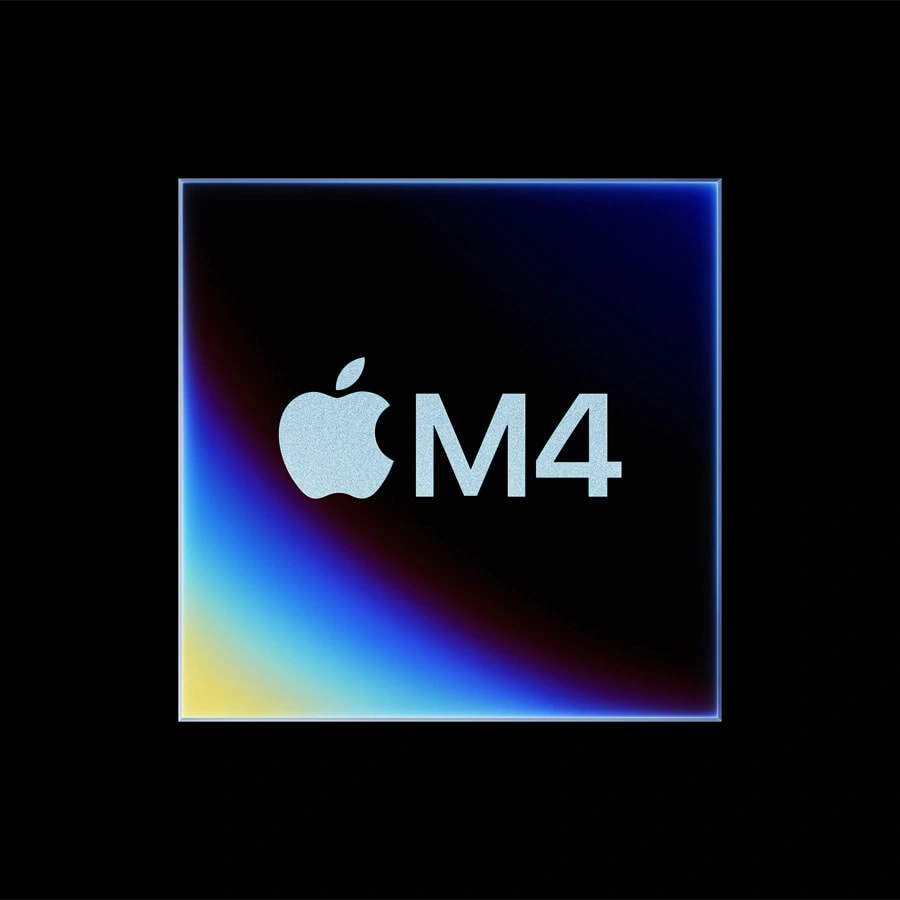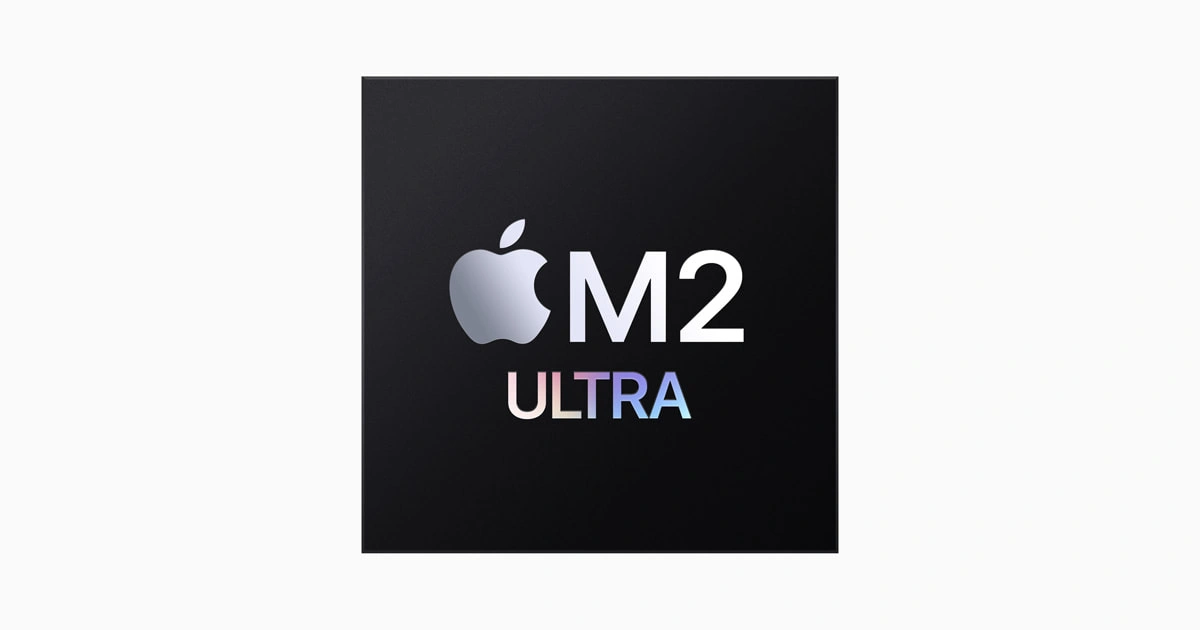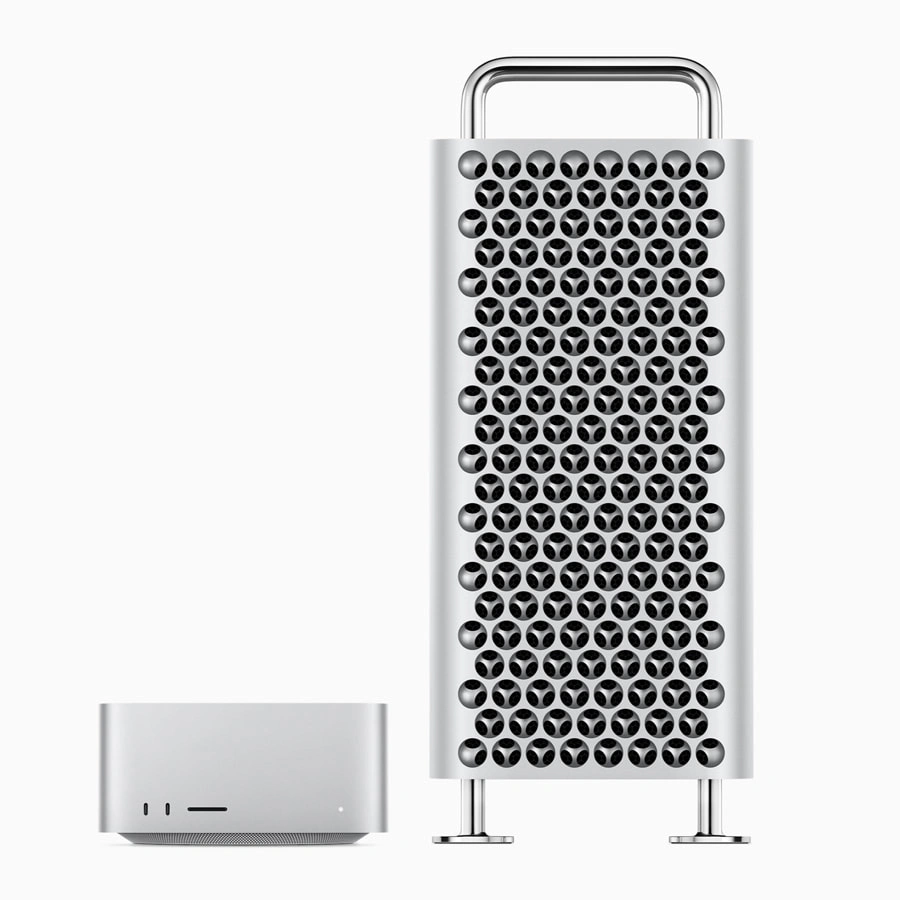Apple Hints at M4 Ultra Chip for Mac Pro in Internal Code
Apple’s latest internal code has revealed compelling evidence that an M4 Ultra chip could soon power a new Mac Pro. The published internal code, as seen by Macworld, points to an unreleased, high-end Mac Pro featuring the mysterious M4 Ultra chip. The code shows the internal identifier t8152, matching the “M4 Ultra” series, and the codename “Hidra”.

Apple could launch its M4 Ultra Chip soon
Development Details and Industry Signals
Bloomberg first shared news in January 2025 that Apple was planning a stronger chip under the codename “Hidra”. The new findings from Macworld align with Bloomberg’s earlier insights. Industry followers now have proof that Apple continues to tinker with its Apple Silicon line. The M4 Ultra emerges as a likely successor to the current M2 Ultra, which offers a 24-core CPU and a 76-core GPU and supports up to 192GB of unified memory.

M4 Ultra Chip is likely a direct successor to M2 Ultra
Chip Features and Potential Specifications
Specifics about the M4 Ultra’s specs remain speculative. Industry speculation, informed by the M4 family’s features, anticipates a 32-core CPU and an 80-core GPU. Analysts expect the chip to rely on Apple’s 3nm process architecture. The M4 Ultra could feature memory configurations starting at 96GB. Apple’s Neural Engine gets a boost in this generation, with expanded AI and machine learning capabilities.
M4 Ultra Chip’s Design and Engineering
Insiders share that the M4 Ultra may utilise a single, monolithic die design. Analysts see this as a costly engineering path for Apple Silicon. Apple typically invests significant resources to create hardware aimed at a premium market, recalling the $3,000 price difference between the previous Mac Studio and Mac Pro, which both housed M2 Ultra chips. Apple’s continued pursuit of the M4 Ultra reflects ongoing innovation at the high end of its silicon roadmap.

Apple’s Mac Studio and Mac Pro
Challenges Facing M4 Ultra Launch
Bloomberg’s Mark Gurman previously noted Apple’s manufacturing challenges with the M4 Ultra chip. These difficulties led Apple to use the M3 Ultra only in the Mac Studio. Despite this, the newly surfaced internal code shows Apple’s engineers are still refining the next-generation Ultra hardware. Cost challenges play a central role in Apple’s decisions. The M4 Max, launched earlier this year, lacks the UltraFusion connector, pointing to a deliberate production path for the M4 Ultra as a single-die silicon.
Implications for Apple’s Mac Pro Line
Apple’s current Mac Pro uses the M2 Ultra chip, which it debuted in 2023. Many assumed Apple would skip over M4 Ultra after releasing the Mac Studio with M4 Max and M3 Ultra. With the existence of the t8152 identifier and the Hidra codename, these new discoveries challenge that assumption. Experts predict the M4 Ultra will distinguish the new Mac Pro from the Mac Studio. This chip development will help Apple create a clearer difference between the two professional desktop lines.
Also Read: Terence Atmane Reaches First Masters 1000 Semi-Final in Cincinnati
Strategic Positioning and Consumer Impact
When Apple launched the Mac Studio with M3 and M4 chips in March, industry watchers speculated that the M4 Ultra project had ended. Macworld’s findings show Apple stayed committed to the project. The new chip will likely appeal to demanding professional users. Prior pricing signals warn of high costs, given the earlier $3,000 separation between similar hardware in the Mac Studio and Mac Pro.
The Road Ahead for Mac Pro
Internal code evidence suggests that Apple has not abandoned plans for the M4 Ultra, defying widespread expectations. The chip’s advanced AI and machine learning features align with current technology trends. While no official release date exists for the new Mac Pro, the ongoing development suggests Apple is preparing to lead the professional desktop market again.
Industry analysts believe Apple will eventually bring the M4 Ultra to public release. The chip’s presence in the company’s development code now stands as clear evidence. Apple continues to innovate at the top of the industry, aiming to give professionals greater power and flexibility with its most advanced silicon yet.











